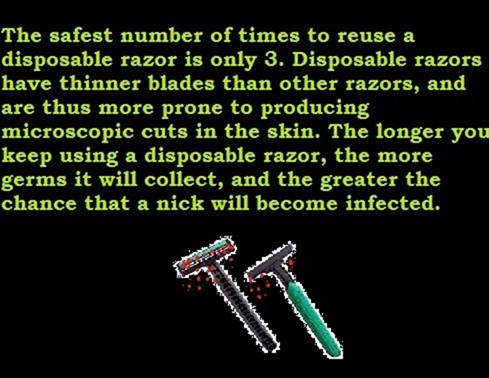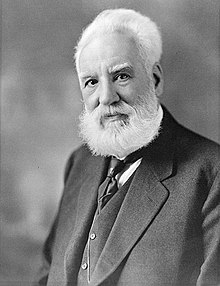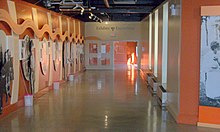Even though they may seem unbelievable to many, our world is just filled with things which are amusing and weird as well as true. Below are some funny interesting facts which you will probably enjoy.
A turtle can breathe through it’s butt. Hahaha, Funny!
Their were once restrictions on showing toilets on television.
The old American sitcom television program Leave It To Beaver which originally aired from 1957-1963 is said to have been the very first TV program to show a toilet and even then they only got approved to show the top of the toilet tank, not the actual toilet bowl.
All In The Family was another program which originally aired from 1971 to 1979 in the U.S and was the very first TV program to air the sound of a flushing toilet.
The Brady Bunch which was a show about a mother and father raising 6 children originally aired from 1969-1974. The whole family shared one bathroom which was shown often but it contained no toilet. There’s just something about funny interesting facts and toilets lol.
In the Republic of Albania shaking your head no means yes and nodding your head yes means no. It’s a fact.
Calvin Coolidge was the 30th president of the United States between 1923-1929, He played the harmonica and it’s said he enjoyed having vaseline rubbed into his scalp and forehead while eating breakfast in bed.
Walt Disney was scared of mice. That’s funny!
Before he was named Bugs Bunny, he was known as Happy Rabbit.
Long ago in Japan they held contests to see who could fart the longest and loudest. The winner received gifts and high honors, and no, matches were not given out.
A turtle can breathe through it’s butt. Hahaha, Funny!
Their were once restrictions on showing toilets on television.
The old American sitcom television program Leave It To Beaver which originally aired from 1957-1963 is said to have been the very first TV program to show a toilet and even then they only got approved to show the top of the toilet tank, not the actual toilet bowl.
All In The Family was another program which originally aired from 1971 to 1979 in the U.S and was the very first TV program to air the sound of a flushing toilet.
The Brady Bunch which was a show about a mother and father raising 6 children originally aired from 1969-1974. The whole family shared one bathroom which was shown often but it contained no toilet. There’s just something about funny interesting facts and toilets lol.
In the Republic of Albania shaking your head no means yes and nodding your head yes means no. It’s a fact.
Calvin Coolidge was the 30th president of the United States between 1923-1929, He played the harmonica and it’s said he enjoyed having vaseline rubbed into his scalp and forehead while eating breakfast in bed.
Walt Disney was scared of mice. That’s funny!
Before he was named Bugs Bunny, he was known as Happy Rabbit.
Long ago in Japan they held contests to see who could fart the longest and loudest. The winner received gifts and high honors, and no, matches were not given out.







 6.) In the United States he began teaching deaf-mutes, publicizing the system called visible speech.
6.) In the United States he began teaching deaf-mutes, publicizing the system called visible speech.












